Probability and Statistics for Engineering and the Sciences
Category: Engineering Books Common Books

Explore our products and add items to your cart.
| Sub-Total : | ৳0 |
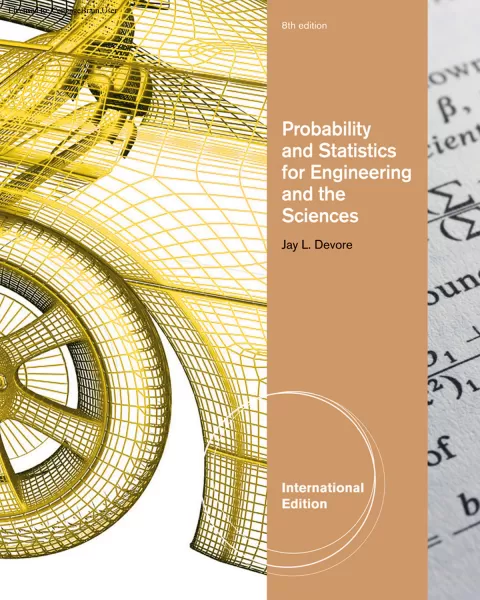
Category: Engineering Books Common Books
| Title | Probability and Statistics for Engineering and the Sciences |
|---|---|
| Publisher | Cengage Learning |
| Edition | 8th |
| No. Of Pages | 56 |
| Country | USA |
| Language | English |
| Description | Statistical concepts and methods are not only useful but indeed often indispensable in understanding the world around us. They provide ways of gaining new insights into the behavior of many phenomena that you will encounter in your chosen field of specialization in engineering or science. The discipline of statistics teaches us how to make intelligent judgments and informed decisions in the presence of uncertainty and variation. Without uncertainty or variation, there would be little need for statistical methods or statisticians. If every component of a particular type had exactly the same lifetime, if all resistors produced by a certain manufacturer had the same resistance value, if pH determinations for soil specimens from a particular locale gave identical results, and so on, then a single observation would reveal all desired information. An interesting manifestation of variation arises in the course of performing emissions testing on motor vehicles. The expense and time requirements of the Federal Test Procedure (FTP) preclude its widespread use in vehicle inspection programs. As a result, many agencies have developed less costly and quicker tests, which it is hoped replicate FTP results. According to the journal article “Motor Vehicle Emissions Variability” (J. of the Air and Waste Mgmt. Assoc., 1996: 667–675), the acceptance of the FTP as a gold standard has led to the widespread belief that repeated measurements on the same vehicle would yield identical (or nearly identical) results. The authors of the article applied the FTP to seven vehicles characterized as “high emitters.” Here are the results for one such vehicle: HC (gm/mile) 13.8 18.3 32.2 32.5 CO (gm/mile) 118 149 232 236 The substantial variation in both the HC and CO measurements casts considerable doubt on conventional wisdom and makes it much more difficult to make precise assessments about emissions levels. How can statistical techniques be used to gather information and draw conclusions? Suppose, for example, that a materials engineer has developed a coating for retarding corrosion in metal pipe under specified circumstances. If this coating is applied to different segments of pipe, variation in environmental conditions and in the segments themselves will result in more substantial corrosion on some segments than on others. Methods of statistical analysis could be used on data from such an experiment to decide whether the average amount of corrosion exceeds an upper specification limit of some sort or to predict how much corrosion will occur on a single piece of pipe. Alternatively, suppose the engineer has developed the coating in the belief that it will be superior to the currently used coating. A comparative experiment could be carried out to investigate this issue by applying the current coating to some segments of pipe and the new coating to other segments. This must be done with care lest the wrong conclusion emerge. For example, perhaps the average amount of corrosion is identical for the two coatings. However, the new coating may be applied to segments that have superior ability to resist corrosion and under less stressful environmental conditions compared to the segments and conditions for the current coating. The investigator would then likely observe a difference between the two coatings attributable not to the coatings themselves, but just to extraneous variation. Statistics offers not only methods for analyzing the results of experiments once they have been carried out but also suggestions for how experiments can be performed in an efficient manner to mitigate the effects of variation and have a better chance of producing correct conclusions. - Cengage Learning |
"Your personal data will be used to enhance your website experience, manage account access, and fulfill other described purposes in privacy & policy".
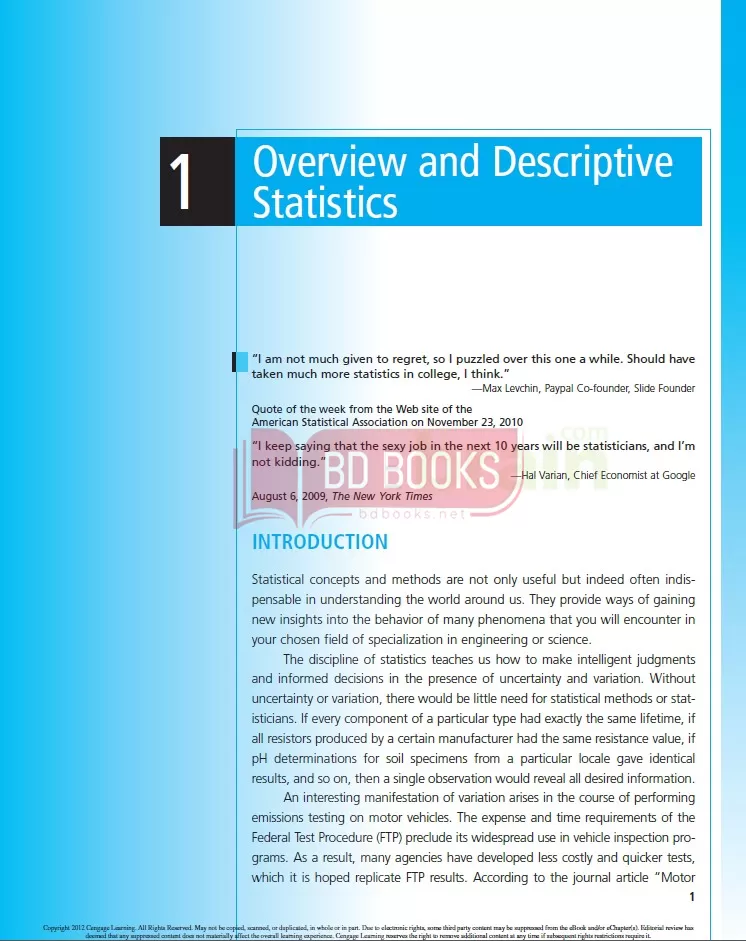
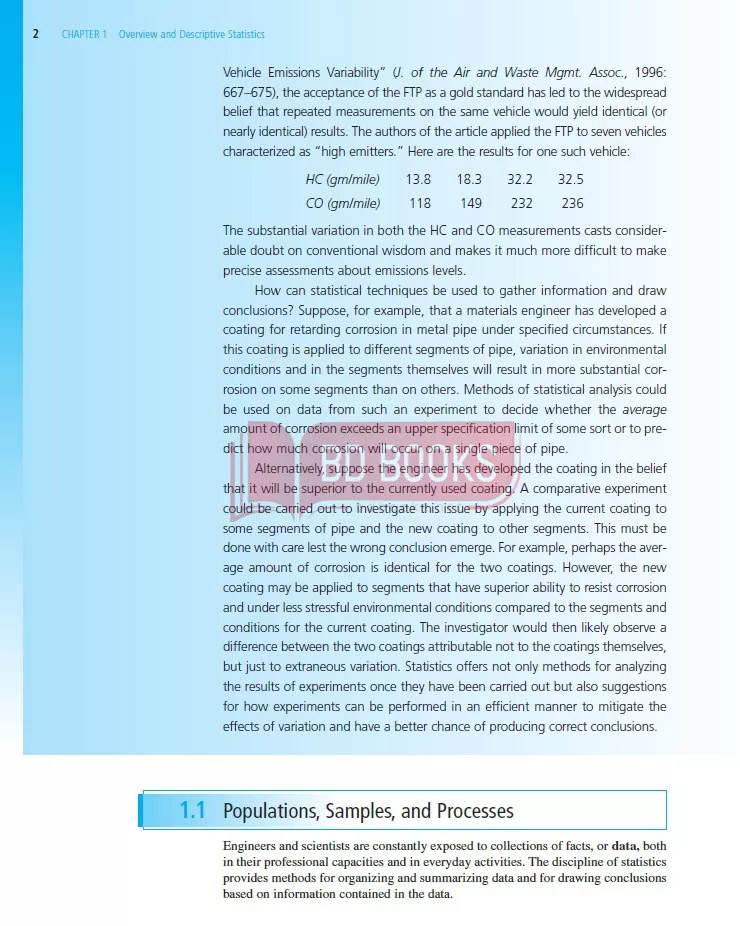
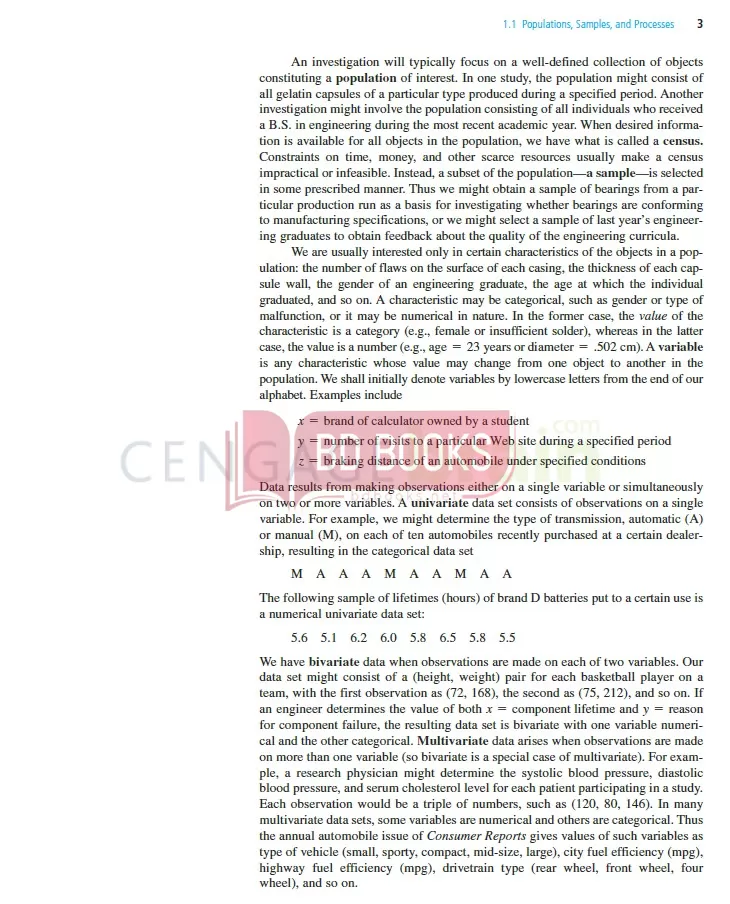
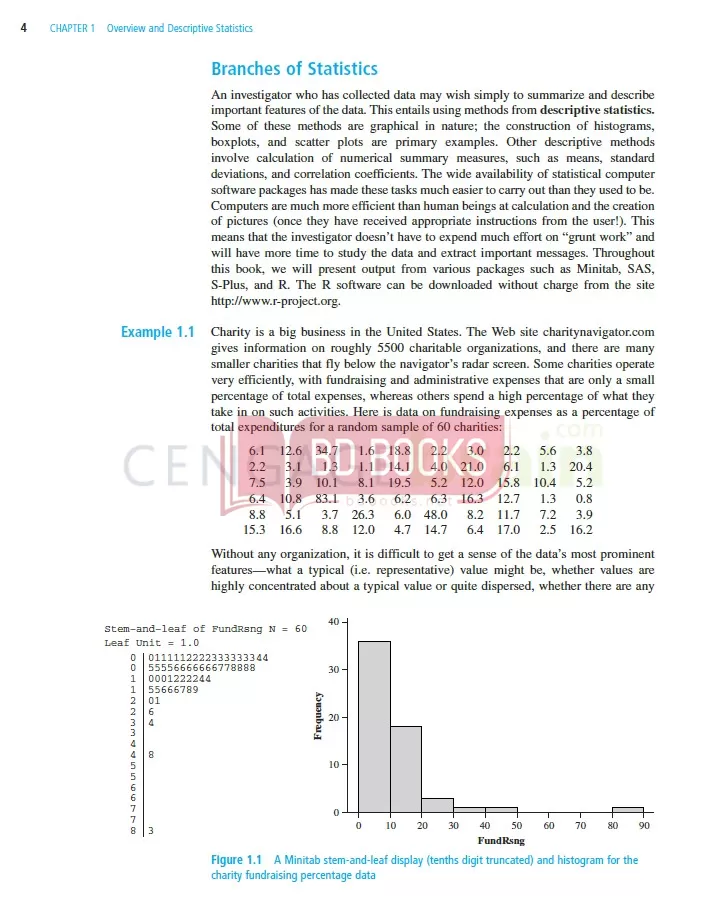
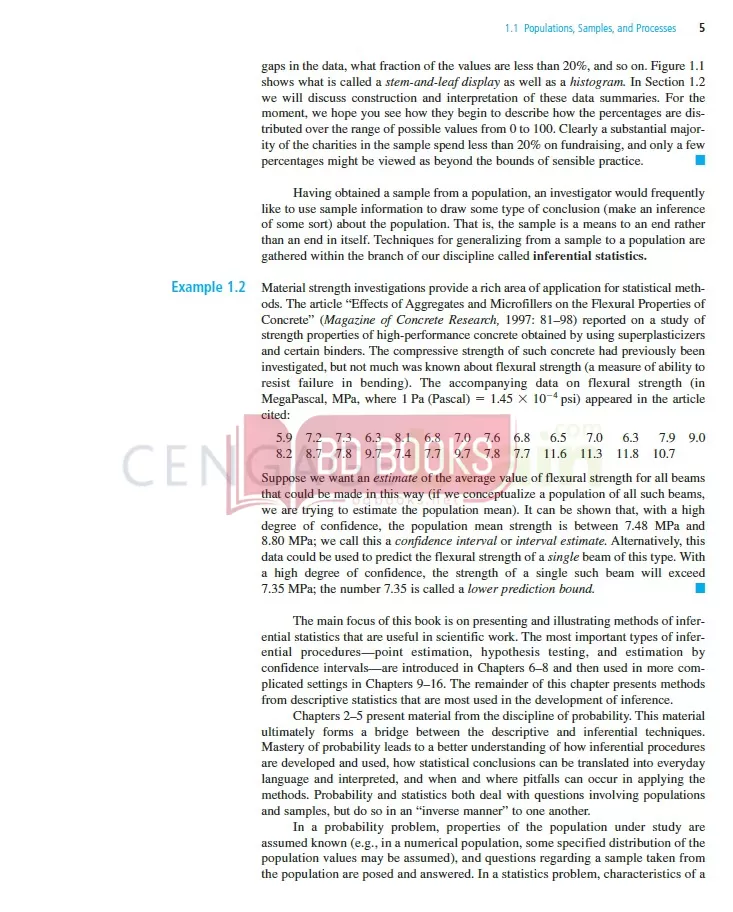
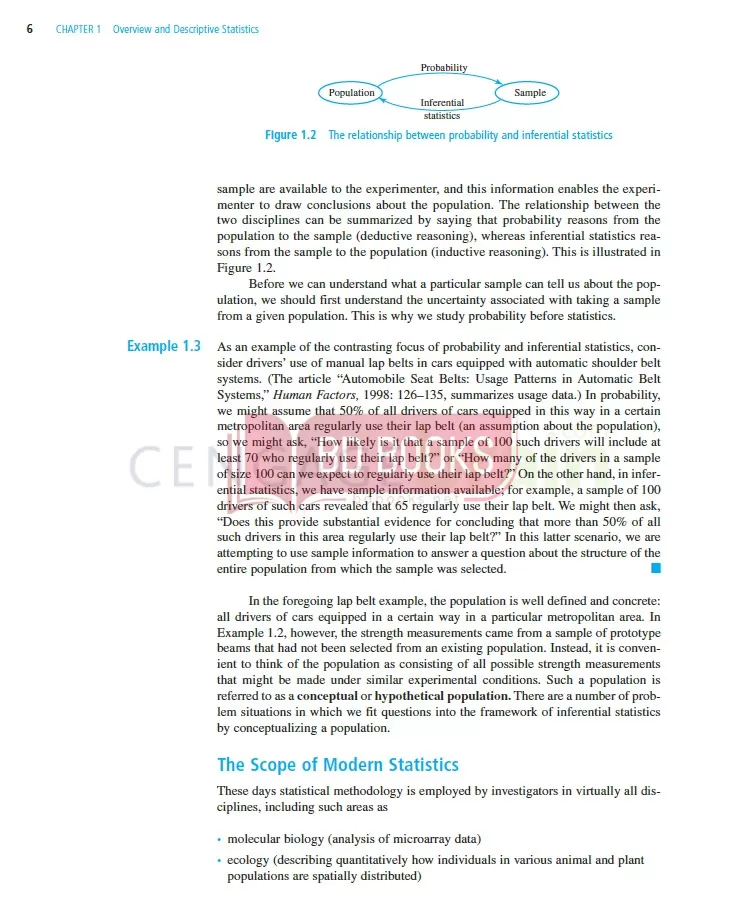
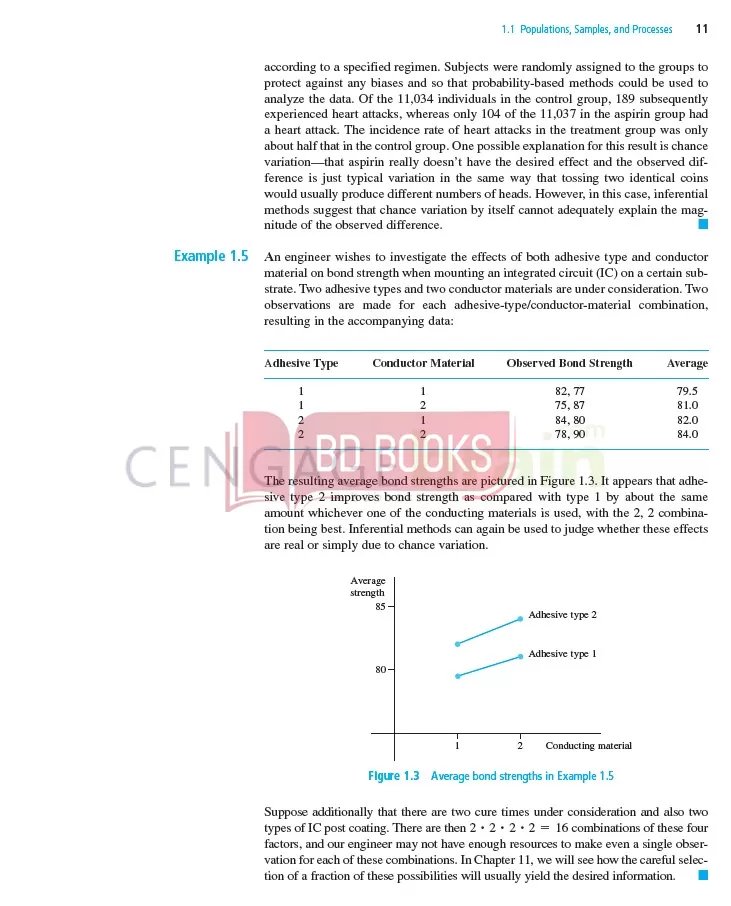
Chat with us




